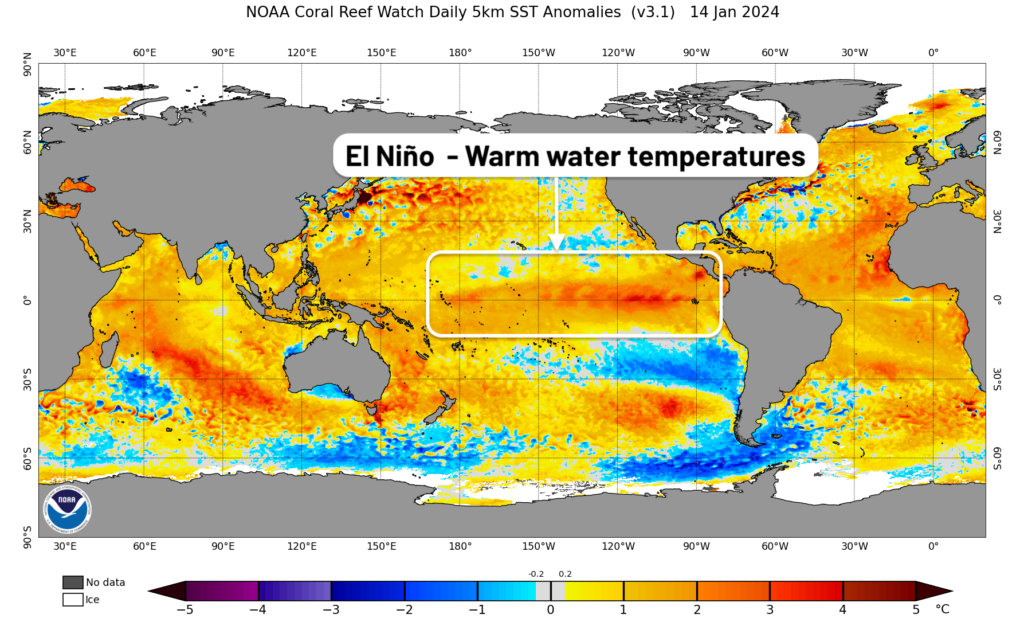Introduction
Winter maintenance and snow removal are critical operations for municipalities, provinces, and states. Effective budgeting for these services is essential to ensure public safety, maintain infrastructure integrity, and optimize resource allocation. This blog post explores the challenges of winter maintenance budgeting, the cost-benefits of adopting road weather forecasting technology, and the impact of the Province of Ontario’s regulation 239/02 on weather monitoring.
Challenges in Winter Maintenance and Snow Removal Budgeting
Budgeting for winter maintenance and snow removal is always a challenge because the weather is different every year. Depending on your location, the difference between the snowiest winter on record and the least snowy could be well over 100 cm (40 in). Other factors like freezing rain can also vary widely from year to year.
It is possible to use historical weather “normals” to anticipate how much snow or ice is typical, but it’s important to remember that “normals” are calculated as a 30-year average, which means they smooth out the extreme years. In fact, since a normal is just a statistic (average), it’s a number that may never have even occurred in your climate! Graphing out the actual snowfall or ice totals by year is sometimes more instructive because it shows the year-to-year variability in total amounts. Global weather patterns are also affected by ocean temperature trends like El Niño or La Niña, which are often correlated to winter temperatures and snowfall.
Cost-Benefit of Using Road Weather Forecasting Technology
To help mitigate the challenges of winter maintenance in North America, winter maintenance technologies like Road Weather Information Systems (RWIS) are widely used. The use of this technology continues to expand due to its strong cost-benefit ratio. Previous studies have found that for every dollar invested in RWIS technology, there was a savings of $2.50. However, the economic benefits are even greater, with a $1 investment having a $20 benefit on the state/provincial economy. Investing in advanced road weather forecasting technology saves money by helping to offset winter maintenance challenges. But, how does this work in practice?
- Enhanced Decision-Making
- Proactive Planning: Accurate forecasts enable municipalities to plan snow removal operations in advance, optimizing the deployment of crews and equipment.
- Risk Reduction: Anticipating severe weather conditions helps in implementing timely interventions, reducing accidents and liabilities.
- Operational Efficiency
- Resource Optimization: Precise weather data allows for efficient use of salt and de-icing materials, reducing waste and environmental impact.
- Cost Savings: Efficient operations translate to lower fuel consumption, reduced overtime, and less wear and tear on equipment.
- Budget Predictability
- Data-Driven Budgeting: Historical weather data and predictive analytics provide a more reliable basis for budget forecasts.
- Return on Investment: The initial cost of weather forecasting technology is often offset by the savings achieved through more efficient operations.
Ontario Regulations on Weather Monitoring
In Ontario, municipalities are required to adhere to specific regulations concerning winter road maintenance. These regulations have resulted in the widespread use of winter maintenance technologies, providing benefits across the province.
- Ontario Regulation 239/02: Minimum Maintenance Standards for Municipal Highways
- Weather Monitoring Requirements: Municipalities must monitor weather conditions to ensure that roads are maintained according to the standards.
- Frequency of Monitoring: Weather must be monitored three times per day, or at least once per shift, during the winter season. In summer, weather must be monitored at least once per day.
- Implications for Municipalities
- Operational Standards: Regular weather monitoring ensures that maintenance activities meet provincial standards, enhancing public safety.
Importance of Compliance:
Adhering to these regulations is not just a legal obligation but also a component of effective budget management. Regular weather monitoring helps municipalities:
- Allocate Resources Efficiently: Timely responses reduce unnecessary expenditures on emergency measures.
- Minimize Legal Risks: Compliance reduces the likelihood of costly lawsuits stemming from accidents on poorly maintained roads.
Conclusion
Budgeting for winter maintenance and snow removal is a complex task fraught with uncertainties. However, the integration of road weather forecasting technology presents a viable solution to many of these challenges. By providing accurate and timely weather data, municipalities can make informed decisions that optimize resource use, enhance public safety, and achieve significant cost savings.
Moreover, Ontario’s weather monitoring regulations provide an excellent blueprint for other governments to follow. Regular monitoring not only reduces legal risk but also supports better budgeting and operational efficiency. Municipalities that invest in both technology and regulatory compliance position themselves to manage winter maintenance more effectively, ultimately benefiting their communities.
Suggestions:
- Invest in Technology: Allocate part of the winter maintenance budget to acquire or upgrade road weather forecasting systems.
- Training and Development: Ensure staff are trained to interpret weather data and make informed operational decisions.
- Regular Policy Review: Stay updated on regulations to maintain compliance and adjust practices as needed.
- Collaborate and Share Resources: Consider partnerships with neighboring municipalities to share technology costs and best practices.
By taking these steps, municipalities can turn the challenges of winter maintenance budgeting into opportunities for innovation and efficiency.






